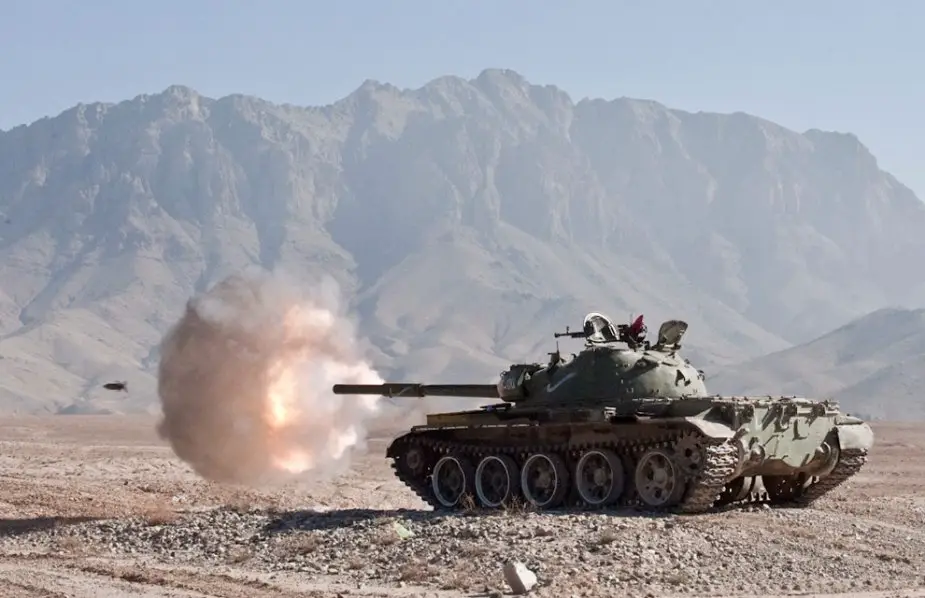Surviving old T-55 and T-62 tanks of the Afghan army are still in action throughout the country but they are gradually succumbing to the ravages of time, as any observer can assess when accompanying the courageous army anywhere in the provinces. To keep them in working condition is a permanent challenge that imposes ingenuity (“D-system”) often involving cannibalization of other tanks.

Afghan T-62 MBT (Picture source: French MoD)
As reported by The Stars and Stripes, some Afghan military leaders cling to hope that the country’s lone tank unit, 3rd Kandak (battalion), 2nd Brigade of the 111th Capital Division, will one day be re-equipped with new tanks. Unfortunately, there is no known plan to modernize the unit because the U.S.-led NATO coalition that largely funds the Afghan armed forces sees little use for heavy armor in a guerrilla war now in its 17th year. In some occasions, however, a few tanks of the coalition are – or at least were – called in support of infantry-type actions. Time has come for much more mobile armored vehicles.
The troops of the battalion have been trained by US advisers to carry on a totally different mission type: to defend Kabul like infantrymen. “The Afghan Ministry of Defense, Afghan National Army and Capital Division do not consider and therefore do not employ the (government’s) only tank kandak as a tank kandak,” said U.S. Army Lt. Col. Martin O’Donnell, a coalition spokesman in Kabul, to The Star and Stripes. “They operate it as an infantry kandak.” But, Maj. Gen. Abdul Nasir Ziaee, Capital Division commander, said he hoped the U.S.-led coalition would find a donor to help modernize the unit’s armor, which he said still plays a key role. “These tanks are needed in combat operations,” he said. “That’s why we have sent them to military bases and military corps in the country.”
Indeed, some of the surviving tanks are thrown into battle at some occasions, sometimes dug in like both German Wehrmacht and Soviet army did in World War 2. More and more, though, are sold off to Kabul’s Khan Steel Mill and end up as scrap, an interesting and profitable source of steel for the local industry which so created hundreds of jobs. Fire-suppression systems and equipment needed to drive through high water no longer function, which limits their use, and few can roll very far.
NATO resources have been directed toward building up the military’s more promising components — its air force and special operations command, including two battalions of wheeled armored vehicles reassigned from the regular army to the commandos to boost their combat power.















